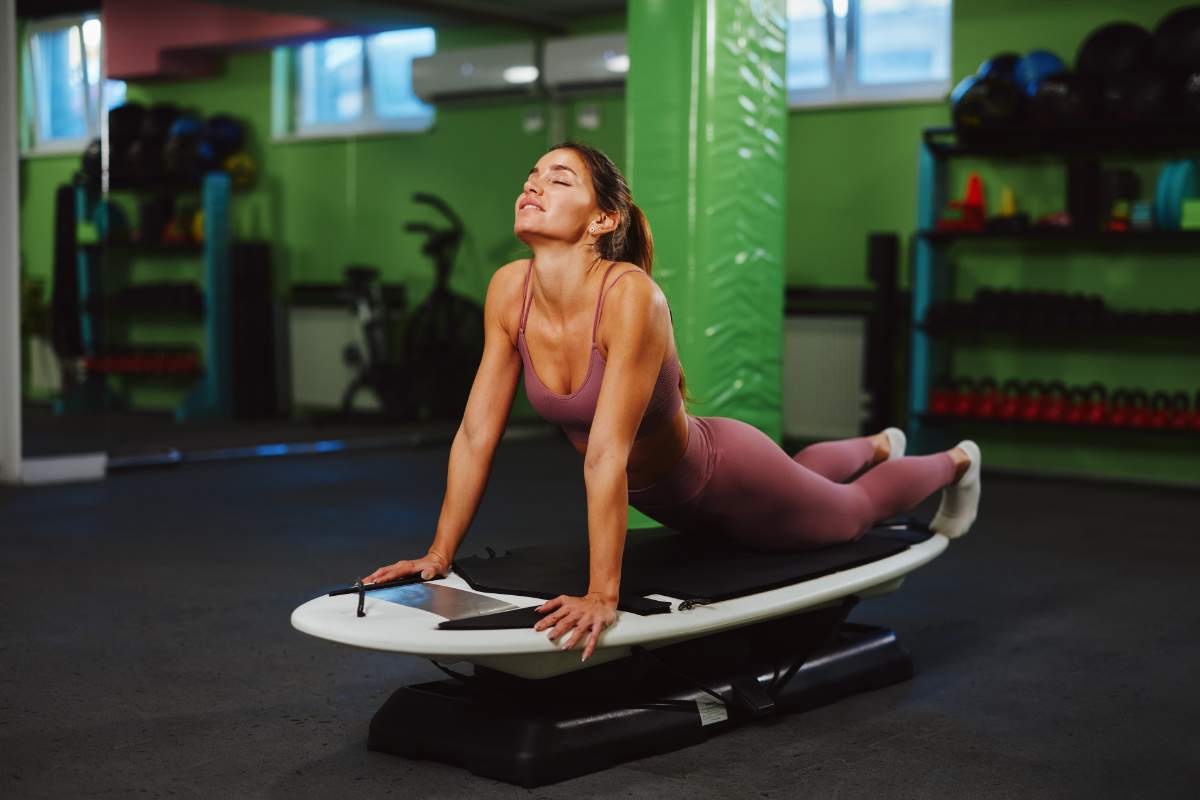Is 30 Minutes of Personal Training Really Worth Your Time and Money?
You’re standing in your kitchen at 6am, coffee in hand, wondering if you can squeeze in a workout before work. You’ve heard about 30-minute personal training sessions, but part of you thinks it’s not enough time to actually get results.
Let me cut through the noise. Yes, 30 minutes is enough. But not in the way most people think.
The Truth About 30-Minute Workouts
Research shows that even 20 minutes of focused exercise triggers muscle growth and improves your cardiovascular health. Your body doesn’t have a timer – it responds to intensity and consistency, not how long you’re in the gym.
Professional trainers know exactly how to maximise every minute. They eliminate wasted time between exercises, keep your heart rate in the optimal zone, and ensure you’re using correct form from the first rep to the last.
Think about your typical hour-long gym session. How much of that is actually spent working? Most people waste 20-30 minutes scrolling their phone, chatting, or figuring out what to do next.
9 Steps To Shed 5-10kg In 6 Weeks
Includes an exercise plan, nutrition plan, and 20+ tips and tricks.
Download FreeWhat Actually Happens in 30 Minutes
A properly structured 30-minute session delivers results because every second is planned. Here’s what happens in your body during those 30 minutes:
Your Body’s Response Timeline
- First 5 minutes – muscles activate and warm up, blood flow increases
- 10-15 minutes – fat burning kicks in at moderate to high intensity
- 15-25 minutes – cardiovascular system reaches optimal training zone
- 25-30 minutes – afterburn effect begins, continuing calorie burn post-workout
Studies show people doing 30-minute strength training sessions three times per week see measurable muscle growth within 8 weeks. Your body doesn’t know if you’ve been exercising for 30 minutes or 60 minutes – it only responds to the quality of stimulus you give it.
How 30 Minutes Stacks Up
A 2017 study found that people doing 30-minute high-intensity workouts achieved the same fitness improvements as those doing 60-minute moderate-intensity sessions. The difference? Efficiency.
In a 30-minute personal training session, you’re working at 75-85% of your maximum capacity with minimal rest. In a typical 60-minute gym session on your own, you might only work at 50-60% capacity with lots of rest between sets.
The numbers tell the story. A 30-minute PT session burns 300-400 calories with 15-20 effective working sets. A 60-minute solo gym session? Often just 250-350 calories with only 10-15 effective sets.
Why 30 Minutes Works So Well
Personal trainers use specific techniques to pack maximum value into half an hour. First, they prioritise compound movements – exercises like squats, deadlifts, and rows that work multiple muscle groups simultaneously. One squat works your quads, hamstrings, glutes, core, and back all at once.
Second, rest periods are kept to 30-45 seconds between exercises, maintaining an elevated heart rate throughout the session. This keeps your metabolism fired up and maximises calorie burn.
Third, progressive overload. Each session builds on the last. Your trainer tracks your weights, reps, and progress, ensuring you’re always challenging your body just enough to force adaptation.
Fourth, perfect form from start to finish. Every rep counts when time is limited. Trainers ensure you’re using proper form, which means better results and lower injury risk.
Who Gets The Best Results
30-minute sessions work particularly well for busy professionals who need to get in, work hard, and get out. Beginners find them less overwhelming than longer sessions. People over 40 appreciate the easier recovery between sessions.
Research from the American College of Sports Medicine shows that adults need just 150 minutes of moderate exercise per week for health benefits. That’s exactly five 30-minute sessions.
The Real Cost In Melbourne
Let’s look at the actual numbers. 30-minute sessions typically cost $50-$70 per session in Melbourne. That’s $150-$210 weekly for three sessions, or $600-$840 monthly.
Compare that to 60-minute sessions at $80-$120 each. Three sessions weekly runs $240-$360, or $960-$1,440 monthly.
You’re saving $360-$600 per month while still getting results. That’s $4,320-$7,200 per year you can put toward other health investments or save for your goals.
How Often Should You Train
For optimal results, beginners should aim for 2-3 sessions per week. Intermediate trainees benefit from 3-4 sessions weekly. Advanced individuals can handle 4-5 sessions per week.
Studies show that training frequency matters more than session length. Three 30-minute sessions per week produce better results than one 90-minute session.
What Results Look Like
Based on research and real client data, here’s what 30-minute sessions deliver over time.
Timeline of Results
- After 4 weeks – 2-3kg weight loss with proper nutrition, 15-20% strength increase, improved energy and sleep quality
- After 8 weeks – 4-6kg weight loss, 30-40% strength increase, visible muscle definition, reduced blood pressure
- After 12 weeks – 6-10kg weight loss, 50-60% strength increase, significant body composition changes, improved bone density markers
Common Questions Answered
Can I build muscle in 30 minutes?
Yes. Muscle growth happens from progressive overload and proper recovery, not workout length. Studies show muscle protein synthesis peaks 24-48 hours after training, regardless of session duration.
Will I burn enough calories?
A 30-minute high-intensity session burns 300-400 calories during exercise, plus creates an afterburn effect that continues burning calories for up to 24 hours post-workout.
Is 30 minutes enough for weight loss?
Combined with proper nutrition, absolutely. Weight loss comes from creating a caloric deficit. Three 30-minute sessions weekly, burning 1,200 calories total, equals nearly half a kilogram of fat loss per month from exercise alone.
What if I have injuries?
30-minute sessions are actually ideal for working around injuries. Your trainer can focus entirely on safe, effective exercises without fatigue compromising your form.
How does this compare to group classes?
Group classes often last 45-60 minutes but include warm-up, cool-down, and waiting for others. Your actual work time is similar to a focused 30-minute one-on-one session, but without the personalisation.
The Bottom Line
30-minute personal training sessions deliver real, measurable results when done consistently with proper programming. You’ll build strength, lose fat, and improve your health markers just as effectively as longer sessions – often more so because of the focused intensity and expert guidance.
The question isn’t whether 30 minutes is enough. The question is whether you’re ready to make those 30 minutes count. With the right trainer and commitment, half an hour is all you need to transform your body and health.
Stop overthinking the time. Start focusing on the quality of that time. Your body will respond.


